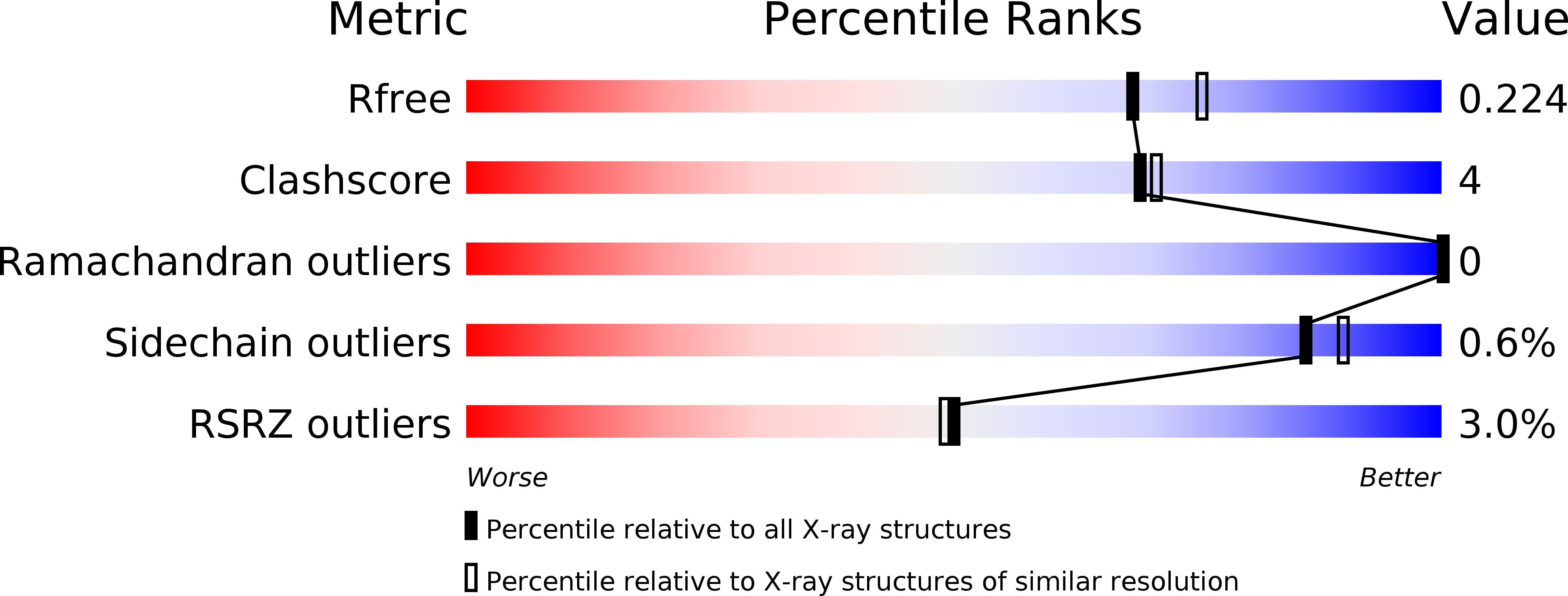
Deposition Date
2017-07-28
Release Date
2018-08-08
Last Version Date
2023-10-04
Entry Detail
PDB ID:
5WMI
Keywords:
Title:
Arabidopsis thaliana Prephenate Aminotransferase mutant- T84V
Biological Source:
Source Organism:
Arabidopsis thaliana (Taxon ID: 3702)
Host Organism:
Method Details:
Experimental Method:
Resolution:
2.00 Å
R-Value Free:
0.21
R-Value Work:
0.16
R-Value Observed:
0.16
Space Group:
C 1 2 1


